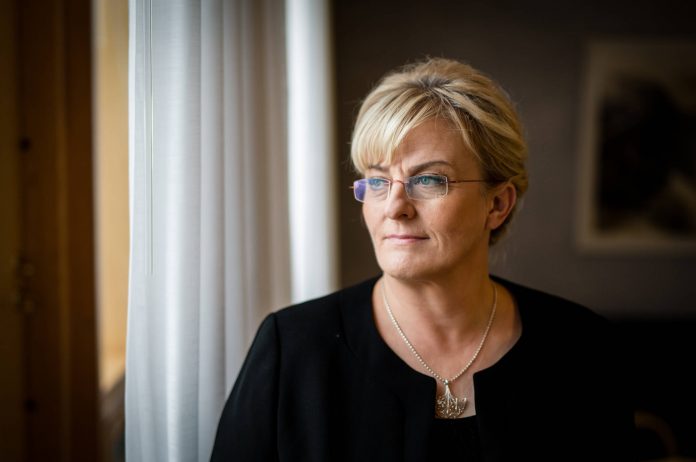Minister of Social Affairs and Health in Finland, Pirkko Mattila explains how she aims to reduce the burden of non-communicable diseases in Finland
Finland has a long successful history of health promotion and prevention of non-communicable diseases (NCD’s). Activities to influence the NCD’s were started in the early 70’s when it was found out that Finnish men had the highest cardiovascular mortality in the world and lowest life expectancy in Europe. Data on risk factors revealed problems like the high level of smoking, poor dietary habits with low intake of fruits and vegetables, high intake of saturated fats and salt together with high cholesterol levels and high blood pressure. A good example of our successful work on nutrition and health is the so-called North Carelian Project. Regular monitoring of population health show success in reducing risk factors and improved health and wellbeing.
Public health has been seen as a responsibility of the government and a political priority. The key is to understand the inter-dependency of many different government policies and the need to influence the economic, social and environmental as well as commercial and political determinants of health. It is necessary to find partners through collaboration with other sectors.
In 2017, Finland celebrated its 100th anniversary with the slogan “Together”. Our public authorities, the private sector and civil society all work together in providing social and health services. Non-profit organisations, as well as private sector companies, play an indispensable role in the wellbeing and health promotion at all levels.
We have been working together with health professionals to prevent and manage NCDs with a strong focus on health promotion and disease prevention. A consensus statement that focuses on prevention of NCDs was launched in spring 2017 by the Finnish Medical Association Duodecim and by the Academy of Finland. This statement emphasises, among other things, the importance of the “Health in all policies” approach and supporting healthy lifestyles. Our focus from cure to prevention, prepared with more than 150 experts, pay particular attention to reducing inequalities from early childhood and improve recording, monitoring and evaluation of different health promotion tools.
Multi-sectoral policies on risk factors, such as unhealthy dietary habits have significantly contributed to a reduction of the NCD burden in Finland. These policies have included the reduction of salt and saturated fat, increased consumption of vegetables and fruits, combined with the promotion of other health-related habits. Schools provide health education, physical activity and free school meals with high nutritional values for our children. The agricultural sector promotes healthier foods and the ministry of finance carries excise duties on soft drinks, alcohol and tobacco. Our action plan – “Roadmap towards a Smoke-Free Finland” – aims to eliminate the use of tobacco products by the end of the year 2040.
Co-operation with NGO’s and the private sector is an essential part of nutrition policy. For example, NGO’s have developed a “better choice” heart symbol logo, to be used in food labelling by industry and catering services, indicating foods with better nutritional quality, meaning less salt, sugar, saturated and trans fats and more fibre. As part of the Agenda2030 implementation a new web-based tool, “Nutrition Commitment”, was launched in June to help companies to highlight their activities related to food reformulation, increasing intake of vegetables and fruits and self-regulation of portion sizes.
The Public Health Act was introduced in 1972 with the aim to shift emphasis from health care to preventive health care and outpatient care. The Occupational Health Care Act of 1978 was marked by a strong preventive orientation. In the 90’s, permanent structures for cross-sectoral collaboration were established. In 2006, legislation with a multi-sectoral perspective and requirement to the promotion of health and wellbeing at the local level in the municipalities was adopted.
A major reform of social and health care services is in the process of being drafted in Finland. It aims to provide people with services on an equal basis than before, level out differences in health and wellbeing and curb cost increases. For the client, the service integration means fewer extra visits and shorter waiting times. Services for families with children, for example, will be combined into packages with a focus on multi-professional early support. Services for older persons and persons with disabilities will also undergo reform.
In the future, clients can choose either a public, private or third-sector service provider when they need a service that falls within the scope of freedom of choice. The aim is to create more robust services, especially at the basic level. Services will form effective care and service chains and there will be more electronic services and increased self-care is encouraged. All these actions will give us more possibilities and better tools to prevent and manage NCD’s.
Pirkko Mattila
Minister of Social Affairs and Health, Finland
Finnish Government
Tel: +358 295 16001
http://valtioneuvosto.fi/en/sipila/minister-of-social-affairs-and-health











